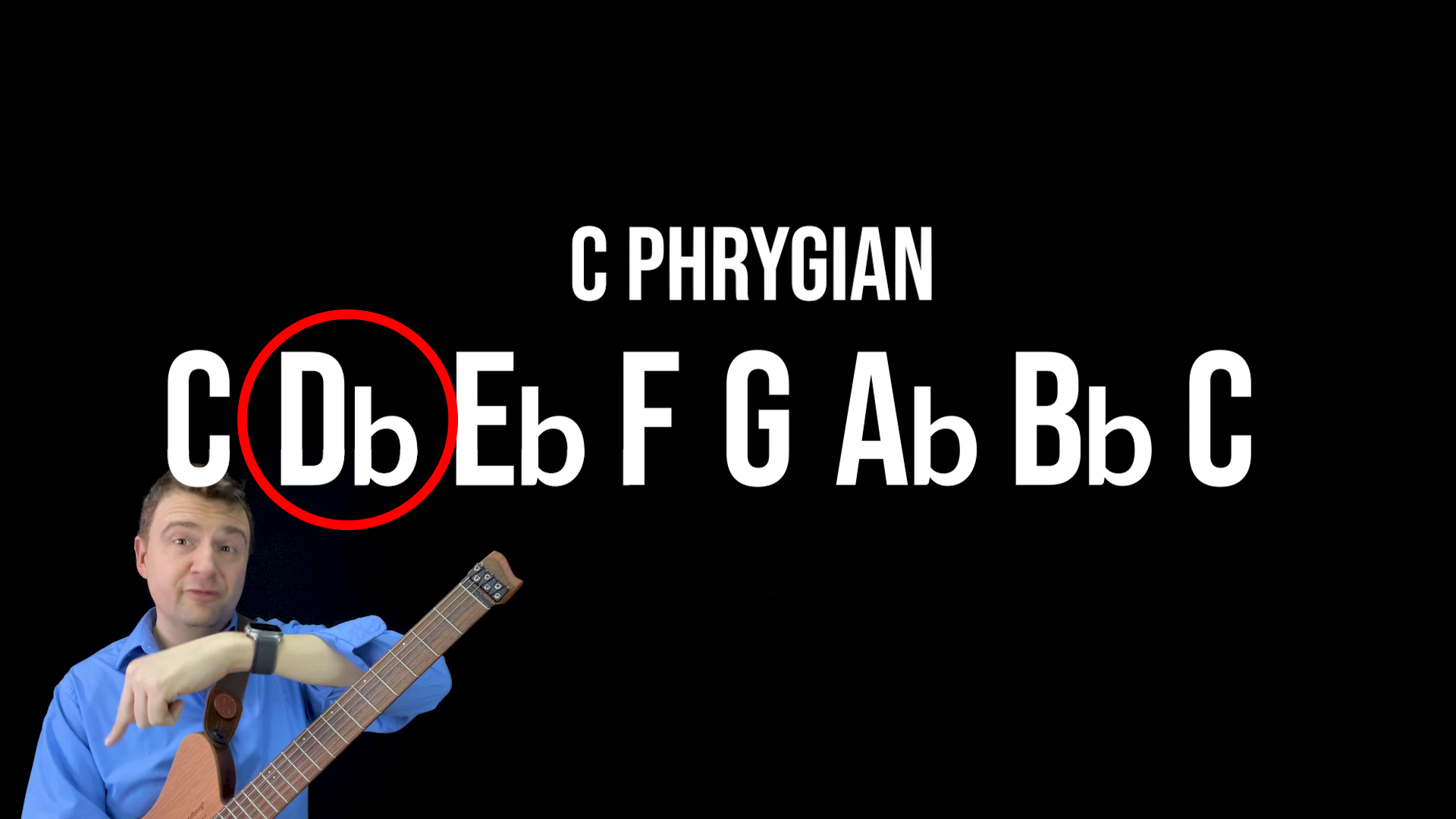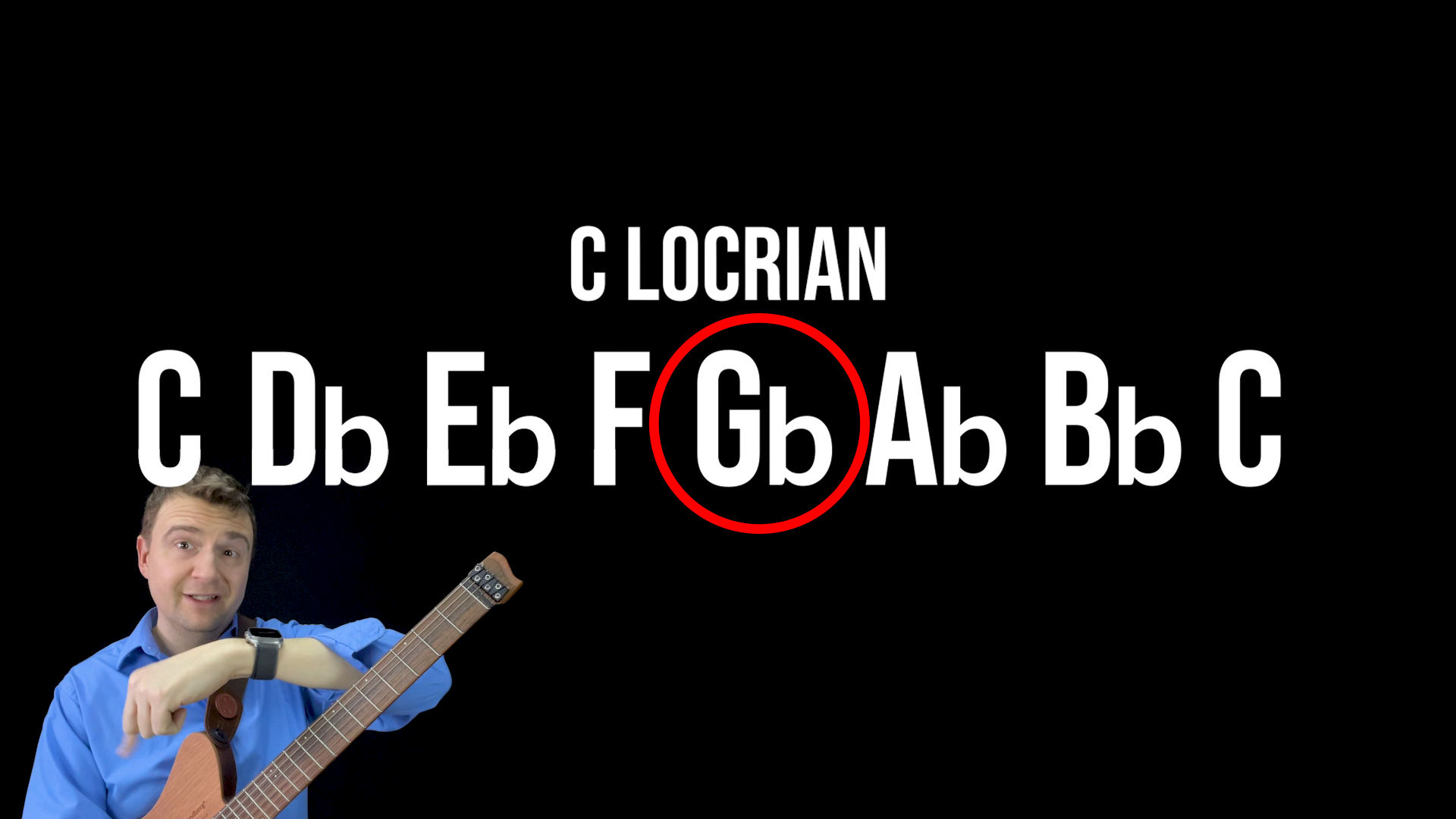
Modes in Order of Brightness
Jun 01, 2023Introduction
Modes! What do you think of when you hear this word?
Most beginners to intermediate players think, “Ugh! Music theory!” and stray from learning modes as they have this impression that modes are really complex.
This is how I can help you understand and master modes without relying on memorization.
What are modes?
Modes are collections of tones derived from a parent scale, changing one note at a time.
In this lesson, we will use the C major scale as a reference scale, alternatively, also called C Ionian, which is the first mode that you will learn!
C Ionian
We will begin with C Ionian (also known as C major), which is the unaltered scale.

C Mixolydian
Now that we have our first mode, we can now introduce the Mixolydian mode which is obtained by flattening the seventh note of the major scale. This mode is commonly used for dominant chords.

C Dorian
Next, having the previous mode, we can derive to C Dorian, by flattening the third and seventh notes of the C major scale.

C Aeolian
The next mode, C Aeolian (also known as C natural minor), is obtained by adding a flat to the sixth note of the C Dorian mode. This gives us an Ab instead of the note A.

Are you now sensing the pattern here? By stacking these accumulations of flats, we can derive the next mode.
C Phrygian
We will now continue to C Phrygian, which is obtained by flattening the second, third, sixth, and seventh notes of the C major scale. To remember this easily, you can just add a flatted second note to the C Aeolian mode. You can distinctly hear that this mode has a Middle Eastern sound.

C Locrian
C Locrian flattening all notes of the C major scale except for the root (C) and the fourth (F). This is also just the C Phrygian mode with the fifth note flatted. This mode has a dark and foreign sound.

With this understanding, you will realize that modes can be understood through patterns and logical connections rather than pure theory.
C Lydian
There is one more mode to complete the set of seven modes. C Lydian is quite different from the other modes as this is derived from a C major scale with a raised fourth note. This mode is brighter and is the fourth mode of the G major scale.

Focus on the modes commonly used in songs, such as Dorian, Mixolydian, and Lydian. Understand the notes and patterns of each mode to become more proficient in playing modal tunes.
Note: The summary provided is a condensed version of the video content and may not include every detail mentioned.









